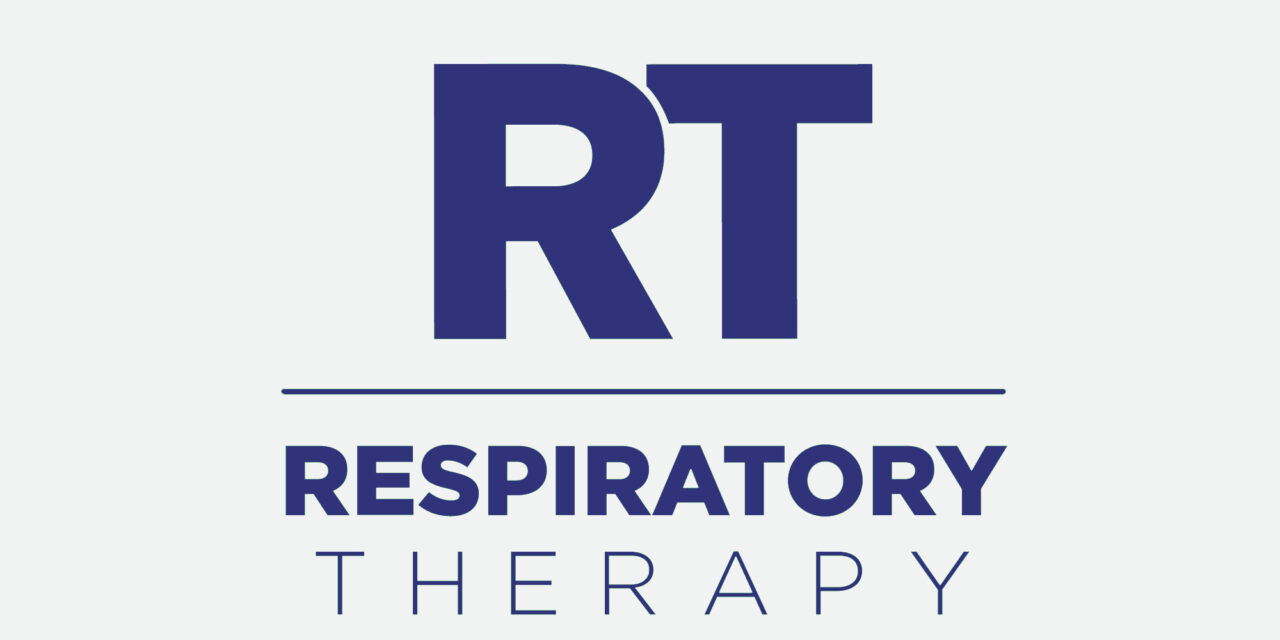The World Health Organization’s (WHO) proposed global health treaty on tobacco requires specific mandates on taxes, labeling, liability, financing, and advertising regulations.
By Anne Welsbacher
The World Health Organization’s recent global health treaty rules on tobacco1 strike another blow against the once virtually unchallenged power of the tobacco industry to define and manipulate its customers. The treaty, which goes to the World Health Assembly in May for adoption, requires specific mandates on taxes, labeling, liability, financing, and advertising related to tobacco. It requires signatory parties to move toward a comprehensive ban on advertising within 5 years, and includes adjusted mandates for countries with constitutional provisions such as free speech for commercial purposes, requiring them to restrict tobacco advertising, promotion, and sponsorship within the limits of their laws.

Before 1900 and the advent of cigarettes in our culture, fewer than 200 cases of lung cancer had been recorded in the history of medicine.2 By the last decade of the 20th century, as the tobacco trials unfolded, we had learned not only of tobacco’s dangers, but also the lengths to which the tobacco industry was willing to go to proselytize and hold hostage its users. Richard Hurt, MD, director of the Nicotine Dependence Center at the Mayo Clinic in Rochester, Minn, who testified in Minnesota’s 1998 trial ending in a settlement of more than $6 billion, noted several tricks the industry played to keep its customers by exploiting the addictive nature of nicotine. For example, ammonia was added to cigarette tobacco to increase its pH, allowing faster absorption of nicotine—in essence, turning a cigarette into an effective drug-delivery device.2
In the 21st century, WHO’s ban on advertising is an important step because it further addresses a level of smoking—the behavioral and psychological—that we are increasingly recognizing to be of major significance in our smoking cessation efforts. Such issues are addressed in this issue’s article on teen smoking.
The court is still out on how successfully the settlements have addressed the goals of reducing tobacco use. As the adult market becomes more difficult to capture, the industry has turned to other markets, including youth. In 2000, the average American child saw $20 million worth of advertising and marketing promoting tobacco by the time he or she had grown into adolescence.2 It will take time to undo this kind of spending. The April Focus conference in Nashville includes an exhibit on the iron lung and other antique respiratory care equipment. Perhaps—as long-term studies and smoking cessation programs begin to log data gathered over decades, rather than months and years—our current need for smoking cessation programs will, by the 22nd century, strike us as equally quaint and outmoded.
RT
Anne Welsbacher is the former editor of RT. For more information, contact [email protected].
References
1 Agreement reached on global Framework Convention on Tobacco Control. Available at: http://www.who.int/mediacentre. Accessed March 11, 2003.
2 Rapid fire. Minnesota Medicine. March 2000; 83:36-38.










